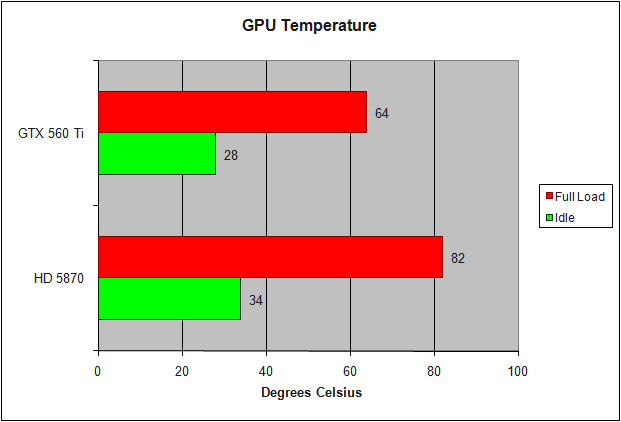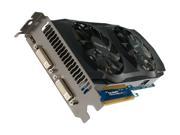
|
Columns | Projects | Reviews |
|
George Ross, March 5, 2011

When TSMC canceled its 32nm node in 2009 it forced both NVIDIA and AMD to rethink their strategies for their second round of DX11 supporting GPU's. Rather than just packing more shader units into a smaller process both camps were forced to rely on engineering savvy to increase their GPU's performance from the previous generation. With the power and heat issues the ravaged the GTX 400 series NVIDIA decided to use the setback dealt to it from TSMC to retool the GF104 into the refined GF114. Since NVIDIA has recaptured the single GPU performance crown AMD has put pressure on NVIDIA in the $200-$300 price segment. NVIDIA has used its newly optimized GTX 560 Ti to put pressure back on AMD in the aforementioned market segment with a $250 price point. Does the GTX 560 Ti have what it takes to take on AMD in this market segment? We grabbed a factory overclocked GeForce GTX 560 Ti from Gigabyte and compared it to a similarly clocked Radeon HD 5870 to find out.

Gigabyte has done a good job with the packaging of the GTX 560 Ti. The card is protected by 360 degrees of foam to keep the card safe from the rigors of shipping. I liked how the accessories are tucked away in their own compartment.

Everything you need to get this card up and running is included a pair of 4-pin molex to 6-pin power adapter, a mini HDMI to HDMI adapter, a DVI to D-Sub adapter, a driver CD, and a manual.

Gigabyte didn't change anything as far as connectivity options go. You still get two DVI outputs and a mini HDMI output like the reference models, but Gigabyte does give you dust covers for all of the output ports including the SLI bridge. Speaking of which the single SLI connector allows for 2-way SLI only. This is the only serious drawback I can see with the GTX 560 Ti series as a whole as AMD allows for 3 and 4-way CrossFire at the same price point with its HD 6950 1GB models.
I like what Gigabyte has done with this card. It comes overclocked 88MHz on the core over the reference design and this isn't the model they are claiming to be in their Super Overclock Series. This is their base model.
| Processor | Intel Core i7-920 @ 4,084MHz | |
| Motherboard | EVGA E758-TR | |
| Memory | OCZ 6GB DDR3 1600 @ 778MHz (DDR 1556) 11-11-11-28 Triple Channel Mode | |
| Hard Drive | Seagate Barracuda ES.2 ST3250310NS 250GB 7200 RPM 32MB cache SATA 3.0Gb/s | |
| Video Card | Gigabyte GeForce GTX 560 Ti @ 900 MHz Core 1800MHz Shader 1000MHz (4,000 Gb/s) Memory Driver 266.66 |
Radeon HD 5870 @ 900 MHz core 1,200 MHz (4,800 Gb/s) Memory Catalyst 11.2 |
| Optical Disk Drive | LITE-ON HES208 | |
| Power Supply | Seventeam ST-850PAF 850W | |
| Operating System | Windows 7 Ultimate x64 | |
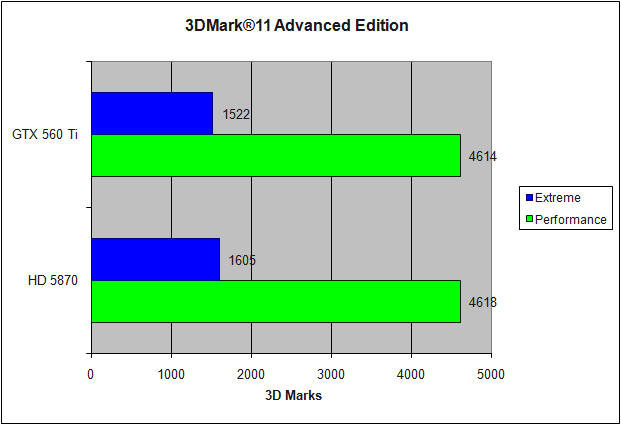
The 3D Mark 11 scores show the GTX 560 Ti and HD 5870 are neck and neck. The HD 5870 has only a slight edge.
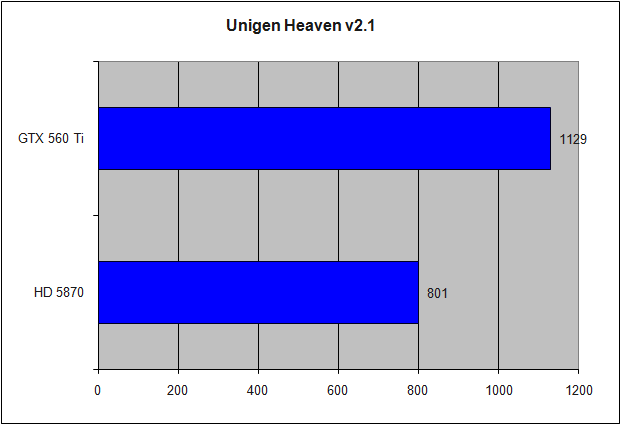
In the Unigen Heaven Benchmark the GTX 560 Ti takes a clear lead.
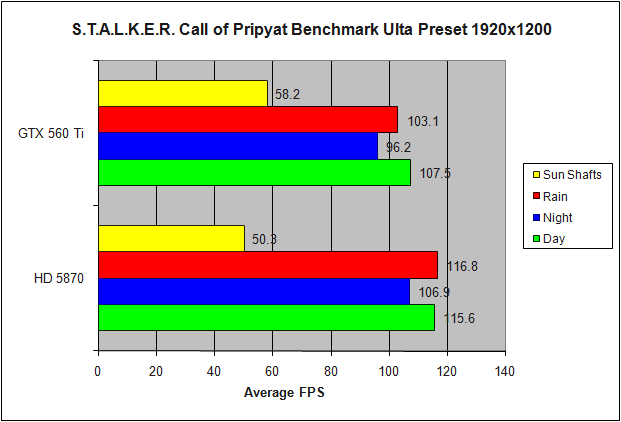
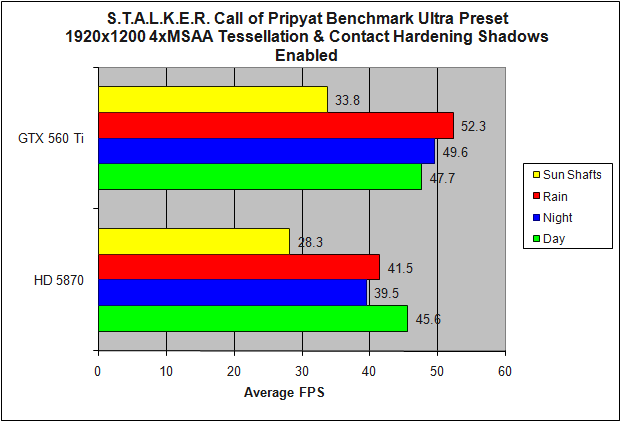
The S.T.A.L.K.E.R. Call of Pripyat numbers show that when tessellation and anti-aliasing are enabled the HD 5870 can't keep up with the GTX 560 Ti.
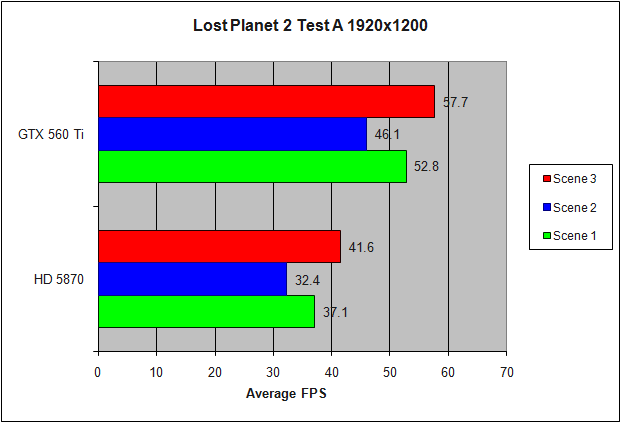
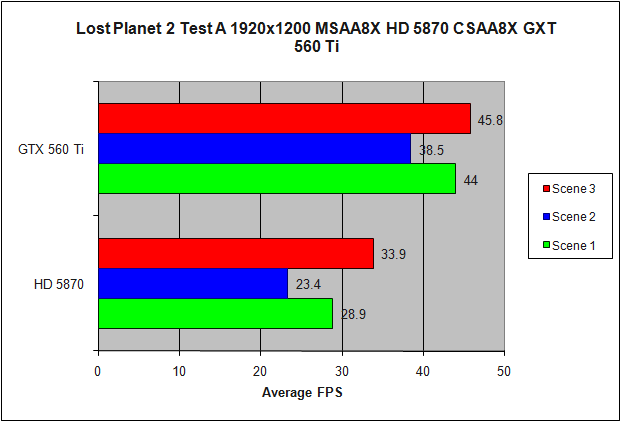
In Lost Planet 2 the GTX 560 Ti shows its stuff. The HD 5870 can't even keep up even without anti-aliasing.
When you look across all the game tests there is less than a 1% difference in overall average frame rates between the two cards. However the GTX 560 Ti did manage to beat out the HD 5870 when tessellation and anti-aliasing were enabled.
